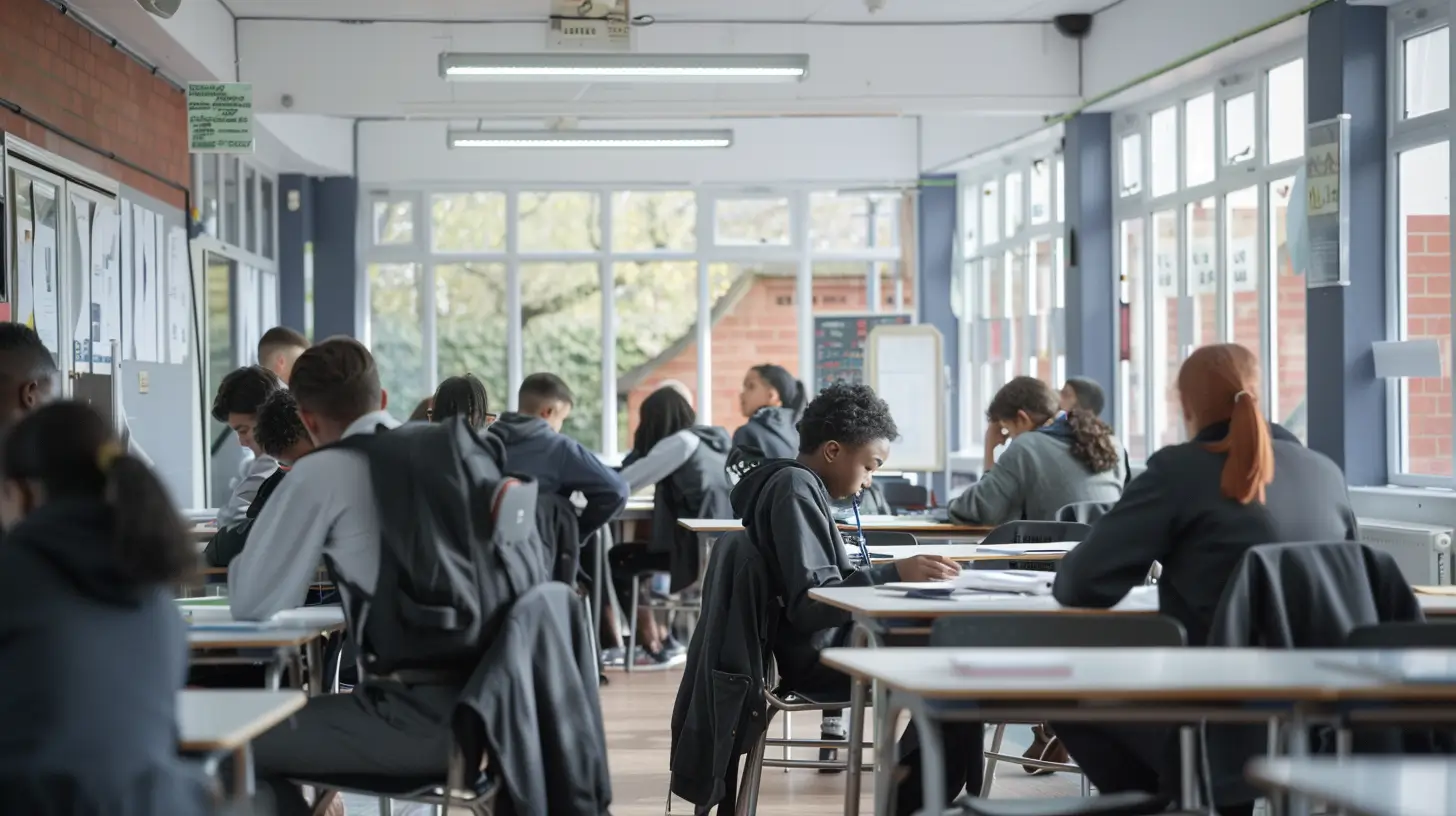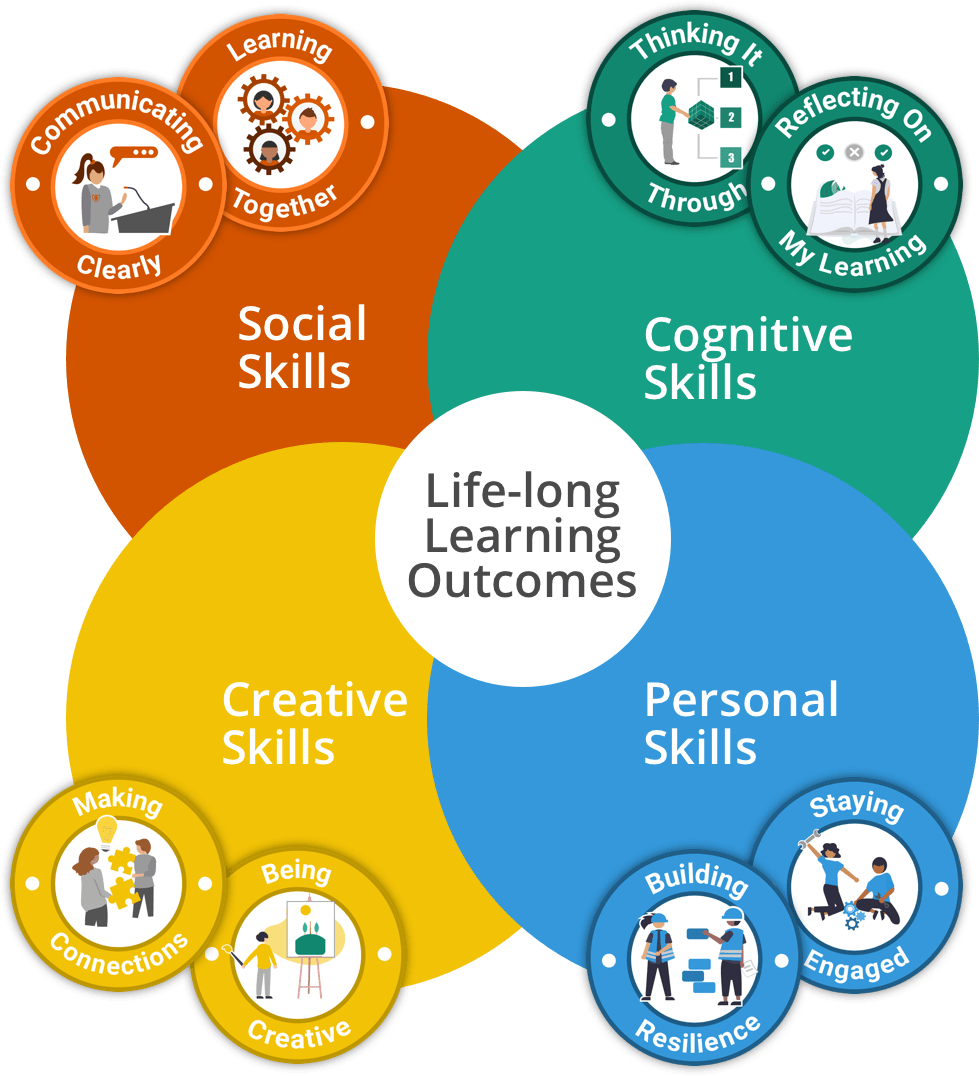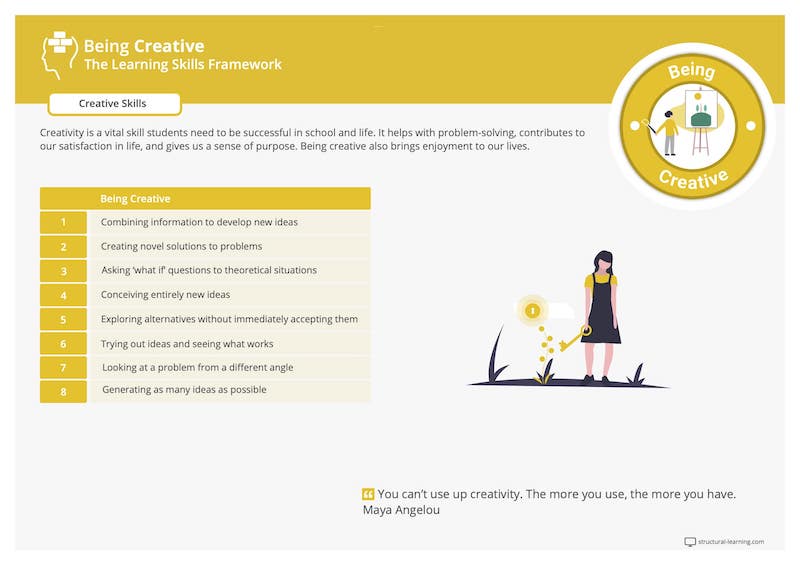Rethinking Pupil Progress
Explore innovative strategies for school leaders to rethink and measure pupil progress, ensuring a holistic view of student development.


Pupil progress captures the essence of a student's journey through learning and academic skill development. It signifies not just the acquisition of knowledge but the advancement toward a more enlightened and skilled state. Traditionally, progress was measured by the speed at which a student could grasp new concepts and move forward with the curriculum. This approach, however, has evolved significantly.
In modern educational settings, the definition of progress extends beyond mere memorization of information to include a broader understanding of concepts and the application of skills. Recent shifts in curriculum design have prompted schools to revisit and redefine their assessment methods, urging educators to contemplate the true markers of success. This shift has led to a diversity in how progress is viewed and measured, influenced heavily by a school's philosophy and the educational framework it operates within.
For instance, while state-funded mainstream schools may rely on analytical dashboards to quantify progress, assessing how well a year group is performing, independent and international schools often employ more nuanced methods. These methods provide a richer, more flexible portrayal of student achievement, reflecting the unique ethos and educational objectives of these institutions.
The factors influencing pupil progress are varied and complex, ranging from the quality of instruction to the adequacy of support for individual learning needs. The focus of an educational institution, shaped by its underlying philosophy and governance structure, plays a critical role in determining the areas of learning and development it prioritizes.
In this exploration of pupil progress, we will delve into:
We aim to uncover a multifaceted view of pupil progress, moving beyond conventional metrics to embrace a more holistic understanding of educational success.
Understanding the trajectory of pupil progress is paramount in shaping educational outcomes, acting as a crucial bridge between current knowledge levels and desired academic goals. This assessment serves multiple vital purposes in the educational landscape, particularly in primary schools, where laying a strong foundation is key. Here are the main reasons why assessing pupil progress is indispensable:
Incorporating strategies like pupil progress meetings into the fabric of school operations ensures a cohesive and comprehensive approach to monitoring student achievement. This collective endeavor, championed by school leaders, emphasizes the importance of consistent assessment across the board.

Short-term assessments provide immediate insights into pupils' understanding, allowing for agile and responsive teaching strategies. Formative assessments, such as exit tickets and low-stakes quizzing, play a pivotal role in this dynamic process.
These strategies underscore the importance of integrating formative assessment into daily teaching routines, providing a measure of success and progress that is both immediate and instructive.

Over time, schools are tasked with demonstrating pupil progress that transcends academic scores, incorporating skills relevant to the workplace and community. This broader perspective on progress requires a nuanced approach, particularly evident in the flexibility independent schools often employ, aligning educational outcomes with societal needs and workplace readiness.
State schools, too, show remarkable ingenuity in this realm, going beyond traditional metrics to showcase attitudes toward learning and the holistic development of students. This includes:
Such approaches to long-term assessment reflect a comprehensive understanding of education's role in preparing students for the complexities of modern society. They represent a holistic measure of progress, valuing academic achievements alongside personal growth and societal contributions.

Understanding the variety of assessments available in educational settings is crucial for educators, students, and stakeholders to gauge pupil progress effectively. Here's a breakdown of the different types of assessments used to monitor and enhance learning outcomes:
Each of these assessments serves a distinct purpose in the educational journey, contributing to a holistic understanding of pupil progress. They reflect the multifaceted nature of learning and the need for varied approaches to accurately assess and support student growth.

Education systems are evolving, and with them, the methods to assess and communicate pupil progress. Here are nine innovative strategies that can enhance assessment protocols and provide a more comprehensive view of student development:

Each of these strategies offers a unique lens through which to view and assess pupil progress, moving beyond traditional metrics to encompass a fuller spectrum of student development. By embracing these approaches, schools can foster a more engaged and reflective learning community, better prepared to meet the challenges of the 21st century.

Here are five key studies that explore innovative and alternative ways of demonstrating pupil progress, focusing on aspects like individual students, pupil progress meetings, maths assessments, internal assessment, and the impact on learning in secondary schools:
These studies provide insights into various approaches to measuring and understanding pupil progress, highlighting the importance of innovative assessment methods, teacher preparation, and the integration of IT in education. They also address broader educational policy and practice implications, including teacher workload, the use of internal assessments, and the role of subject matter knowledge in student achievement.
Pupil progress captures the essence of a student's journey through learning and academic skill development. It signifies not just the acquisition of knowledge but the advancement toward a more enlightened and skilled state. Traditionally, progress was measured by the speed at which a student could grasp new concepts and move forward with the curriculum. This approach, however, has evolved significantly.
In modern educational settings, the definition of progress extends beyond mere memorization of information to include a broader understanding of concepts and the application of skills. Recent shifts in curriculum design have prompted schools to revisit and redefine their assessment methods, urging educators to contemplate the true markers of success. This shift has led to a diversity in how progress is viewed and measured, influenced heavily by a school's philosophy and the educational framework it operates within.
For instance, while state-funded mainstream schools may rely on analytical dashboards to quantify progress, assessing how well a year group is performing, independent and international schools often employ more nuanced methods. These methods provide a richer, more flexible portrayal of student achievement, reflecting the unique ethos and educational objectives of these institutions.
The factors influencing pupil progress are varied and complex, ranging from the quality of instruction to the adequacy of support for individual learning needs. The focus of an educational institution, shaped by its underlying philosophy and governance structure, plays a critical role in determining the areas of learning and development it prioritizes.
In this exploration of pupil progress, we will delve into:
We aim to uncover a multifaceted view of pupil progress, moving beyond conventional metrics to embrace a more holistic understanding of educational success.
Understanding the trajectory of pupil progress is paramount in shaping educational outcomes, acting as a crucial bridge between current knowledge levels and desired academic goals. This assessment serves multiple vital purposes in the educational landscape, particularly in primary schools, where laying a strong foundation is key. Here are the main reasons why assessing pupil progress is indispensable:
Incorporating strategies like pupil progress meetings into the fabric of school operations ensures a cohesive and comprehensive approach to monitoring student achievement. This collective endeavor, championed by school leaders, emphasizes the importance of consistent assessment across the board.

Short-term assessments provide immediate insights into pupils' understanding, allowing for agile and responsive teaching strategies. Formative assessments, such as exit tickets and low-stakes quizzing, play a pivotal role in this dynamic process.
These strategies underscore the importance of integrating formative assessment into daily teaching routines, providing a measure of success and progress that is both immediate and instructive.

Over time, schools are tasked with demonstrating pupil progress that transcends academic scores, incorporating skills relevant to the workplace and community. This broader perspective on progress requires a nuanced approach, particularly evident in the flexibility independent schools often employ, aligning educational outcomes with societal needs and workplace readiness.
State schools, too, show remarkable ingenuity in this realm, going beyond traditional metrics to showcase attitudes toward learning and the holistic development of students. This includes:
Such approaches to long-term assessment reflect a comprehensive understanding of education's role in preparing students for the complexities of modern society. They represent a holistic measure of progress, valuing academic achievements alongside personal growth and societal contributions.

Understanding the variety of assessments available in educational settings is crucial for educators, students, and stakeholders to gauge pupil progress effectively. Here's a breakdown of the different types of assessments used to monitor and enhance learning outcomes:
Each of these assessments serves a distinct purpose in the educational journey, contributing to a holistic understanding of pupil progress. They reflect the multifaceted nature of learning and the need for varied approaches to accurately assess and support student growth.

Education systems are evolving, and with them, the methods to assess and communicate pupil progress. Here are nine innovative strategies that can enhance assessment protocols and provide a more comprehensive view of student development:

Each of these strategies offers a unique lens through which to view and assess pupil progress, moving beyond traditional metrics to encompass a fuller spectrum of student development. By embracing these approaches, schools can foster a more engaged and reflective learning community, better prepared to meet the challenges of the 21st century.

Here are five key studies that explore innovative and alternative ways of demonstrating pupil progress, focusing on aspects like individual students, pupil progress meetings, maths assessments, internal assessment, and the impact on learning in secondary schools:
These studies provide insights into various approaches to measuring and understanding pupil progress, highlighting the importance of innovative assessment methods, teacher preparation, and the integration of IT in education. They also address broader educational policy and practice implications, including teacher workload, the use of internal assessments, and the role of subject matter knowledge in student achievement.